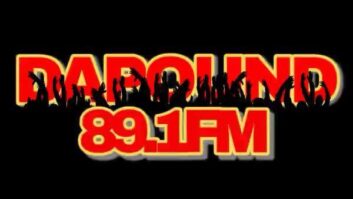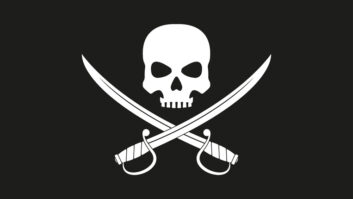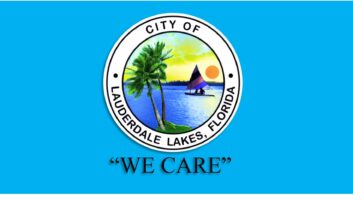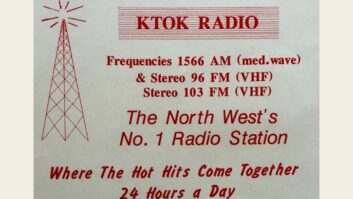The FCC has proposed fines against four alleged pirate radio operators in Connecticut and Ohio. While the penalties are nowhere near the largest that the FCC has assessed to date, they range from $40,000 to $60,000 each.
According to the commission case summaries, each of the incidents occurred in 2024 and was confirmed by field agents as part of the FCC’s PIRATE Act. The act established a base forfeiture amount of $20,000 for every observed instance of pirate broadcasting, which is twice the pre-PIRATE Act level.
In each of the notices, FCC Commissioner Nathan Simington dissented, though he did not issue a statement about them.
Jumpin’ and Jammin’
In Ashtabula County, Ohio, James Baran faces a possible penalty of $40,000 for his 90.7 FM operation, where according to the FCC he used the alias “Jumpin’ Jammin’ Jimmy.” The New York Field Office sent an agent to the source of the signal on Thomas Boulevard in Geneva-on-the-Lake and observed an unlicensed broadcast twice in June and August that exceeded Part 15 limits.
Agents found a YouTube video promoting the community on the shores of Lake Erie, where Jumpin’ Jammin’ Jimmy is one of the residents featured. Subsequently they were also able to find the station’s online stream. Ultimately they traced Baran to the phone number listed for its request line. He’s also co-owner of the property from which the transmissions emanate.
Read the notice of apparent liability for forfeiture.
99.1 FM in Painesville, Ohio

Just to the southwest in Lake County, Carlos Alberto Vasquez was issued a notice for a proposed penalty of $60,000 for his operation of “Radio Union Familiar” on 99.1 FM in Painesville. Field agents from the FCC’s Columbia, Md. office observed an unlicensed signal on three separate dates in May, June and August. In the commission’s report, the agents said they were able to photograph an FM broadcast antenna mounted on a tower to the left side of Vasquez’s residence on West Jackson St.
Vasquez is also identified as president on the station’s Facebook page. The agents said they were able to match programming on the signal to an audio stream for the station.
Read the notice of apparent liability for forfeiture.
Wait in the hallway

Heading east from the area formerly known as the Connecticut Western Reserve to the Nutmeg State itself, Wilfredo Ayala faces a proposed fine of $60,000 for his operation of “La Tropica Radio” on 94.5 FM. In March, field agents from both the New York and Boston offices traced the source of a signal to a commercial building on Arbor Street in the capital city of Hartford. Since a cable running from a rooftop antenna to a first-floor window used a standard coaxial connector, the agents determined it was not compliant with Part 15 rules. The unlicensed signal was still present on two additional visits in April.
On the last visit, agents were able to meet with Ayala. According to the Media Bureau’s account, Ayala had them wait in a hallway before they could access the station’s office. While they waited, they noticed the signal was suddenly terminated. Once they were granted access to the office by Ayala, the agents noted typical radio station equipment and a transmitter that was off but “warm to the touch” and “being cooled by a large fan underneath.”
The agents said they also observed a poster on the wall with a website address for the station.
Read the notice of apparent liability for forfeiture.
Observed transmitter
Finally, Efrain Gonzalez is facing a proposed $40,000 fine for the operation of “Lapodersa 89.1 FM” from Waterbury. Agents from the Boston Field Office first investigated in March and traced the source of the signal to a Seymour Street address. They found it was rebroadcasting the online stream of 630 WUNO(AM) from San Juan, P.R.
On a second visit in April, the agents said they again observed the signal. On a third April visit, they spoke with Gonzalez at the location. The agents said he acknowledged that he did not have a license to broadcast. The agents observed a transmitter displaying the 89.1 frequency at the location and exceeding legal limits.
Agents found promotion on Facebook for the station, as well as the station’s streaming site, which linked Gonzalez.
Read the notice of apparent liability for forfeiture.
Next steps
The alleged operators have 30 days from the release date of the notices to pay the amount of the proposed forfeitures or to file a written statement seeking reduction or cancellation.
The PIRATE Act of 2020 provided the FCC additional enforcement authority, including higher penalties. The FCC has proposed more than $14.5 million in fines and imposed $5.5 million in the past four years.






